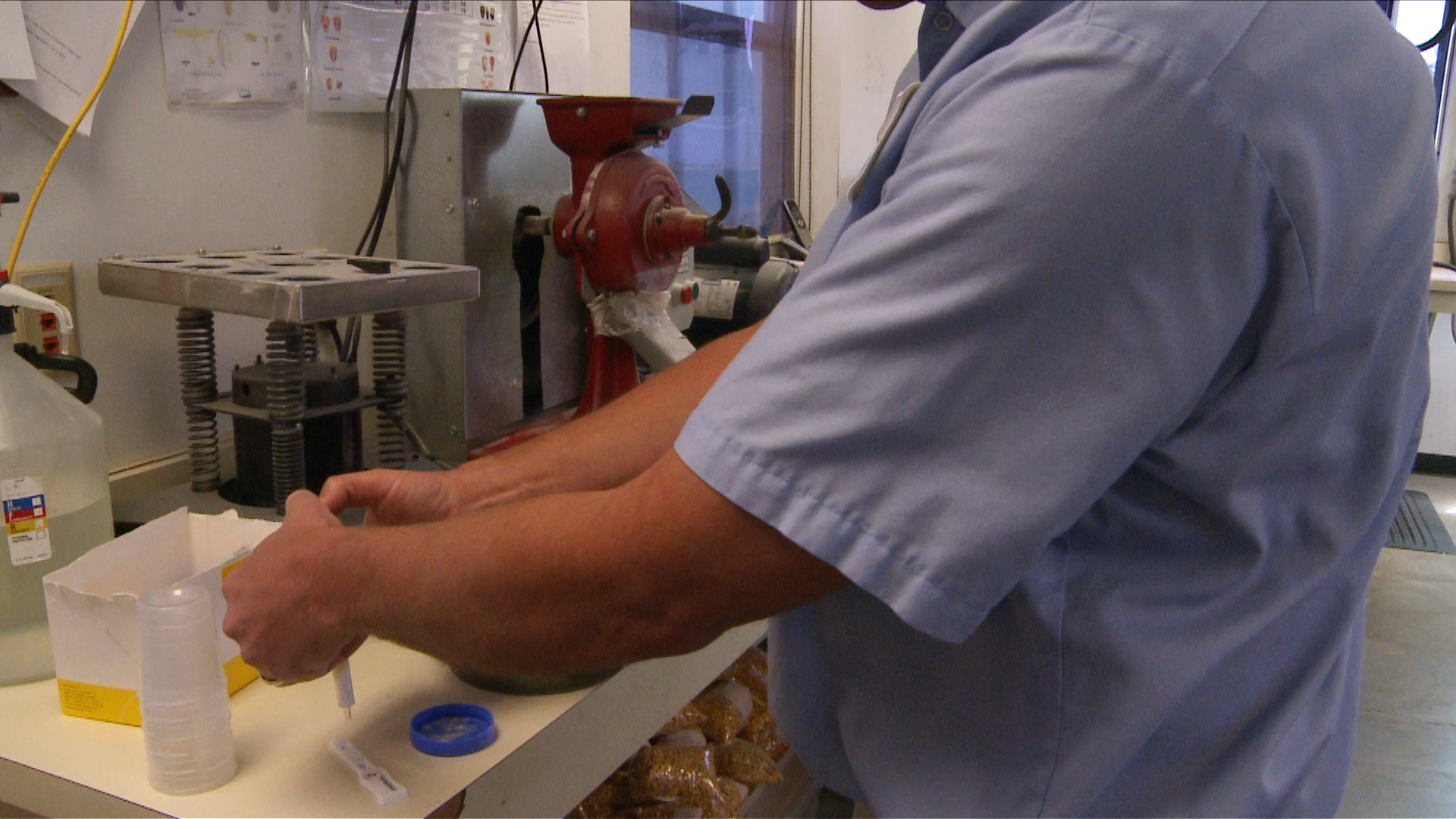 الملوثات
الملوثات
إنّ الملوّثات هي مواد لم تضف عمداً إلى الأغذية. ويمكن لعمليات إنتاج الأغذية أن تؤدي إلى دخول مواد إلى الأغذية في أية لحظة من اللحظات: أي خلال التصنيع أو المناولة أو التخزين أو التجهيز أو التوزيع. ويمكن للملوثات دخول الأغذية من البيئة المحيطة. وينبغي لوجود هكذا مواد في الأغذية أن يرصد بحذر تفادياً للتلوث الذي يؤثر في جودة الأغذية أو الذي يجعل الأغذية غير مأمونة.

إن الحد الأقصى الذي وضعه الدستور الغذائي لمستوى ملوث معين في سلعة غذائية أو علفية ما يعني التركيز الأقصى من تلك المادة التي توصي هيئة الدستور الغذائي بالسماح بها قانوناً في تلك السلعة. وبما أن العديد من الملوثات موجود بصورة طبيعية، فمن المستحيل فرض حظر كامل على تلك المواد. وبغية حماية صحة البشر، يعمل الدستور الغذائي على إبقاء تلك المستويات عند أدنى حد ممكن لها بناء على الأدلة العلمية السليمة.
تقوم لجنة الدستور الغذائي المعنية بالملوثات في الأغذية بتحديد وتأييد المستويات القصوى المسموح بها أو المستويات المرجعية للملوثات والعوامل السمية التي تحدث طبيعيًّا في الأغذية والأعلاف. وهي تعد كذلك قوائم بالأولويات للملوثات والعوامل السمية التي تحدث بصورة طبيعية، لأجل تقييم المخاطر من قبل (لجنة الخبراء المشتركة المعنية بالمواد المضافة إلى الأغذية؛).
وتتدارس لجنة الدستور الغذائي المعنية بالملوثات في الأغذية طرق التحليل وأخذ العينات لتحديد الملوثات والعوامل السمية التي تحدث بصورة طبيعية في الأغذية والأعلاف، وتضع وتصيغ مواصفات أو مدونات سلوك للمواضيع ذات الصلة. وهي تتناول أيضاً مسائل أخرى تكلفها بها هيئة الدستور الغذائي في ما خص الملوثات والعوامل السمية التي تحدث بصورة طبيعية في الأغذية والأعلاف.
| مرجع |
عنوان |
لجنة |
آخر تعديل |
EN
FR
ES
AR
ZH
RU
|
| CXS 193-1995 | General Standard for Contaminants and Toxins in Food and Feed | CCCF | 2023 | |
| CXC 49-2001 | مدونة الممارسات للإجراءات الموجهة نحو المصدر للحد من التلوث الكيميائي في الأغذية | CCCF | 2001 | |
| CXC 77-2017 | Code of Practice for the Prevention and Reduction of Arsenic Contamination in Rice | CCCF | 2017 | |
| CXC 78-2017 | مدوّنة ممارسات الوقاية من السموم الفطريّة في التوابل وخفضها | CCCF | 2017 | |
| CXC 79-2019 | Code of Practice for the Reduction of 3-Monochloropropane-1,2- Diol Esters (3-MCPDEs) and Glycidyl Esters (GEs) in Refined Oils
and Food Products Made With Refined Oils | CCCF | 2019 | |
| CXG 92-2019 | الخطوط التوجيهية بشأن تحليل المخاطر السريع عقب حالات الكشف عن ملوثات في أغذية حيثما لا يوجد أي مستوى تنظيمي | CCCF | 2019 | |
| CXC 81-2022 | مدونة الممارسات لمنع التلوث بالكادميوم والحد منه في حبوب الكاكاو | CCCF | 2022 | |
Food Safety and risk management training with a focus on residues and contaminants
by BVL Germany
In October 2023 Germany’s Federal Office of Consumer Protection and Food Safety (BVL) will once again host the International Training for Safer Food. ITS Food is a training on food safety risk management, aimed at staff working in public authorities of non-EU countries handling issues related to food safety. ITS Food 2023 will focus on “Residues and Contaminants”.
Practitioners from competent authorities, official laboratories and research institutions [...]
Over 400 delegates gathered online for the opening of the Codex Committee on Contaminants in Food (CCCF) which is taking place from 9 to 24 May 2022, hosted by The Netherlands from Utrecht. The committee regulates substances that have not been intentionally added to food by setting maximum levels to avoid levels of contamination that would make the food unsafe or affect its quality.
Speaking from the virtual studio, the Chairperson of the Codex Alimentarius Commission, Steve Wearne, United Kingdom, said [...]
The Director General for Agriculture and Food Quality of the Ministry of Agriculture, Nature and Food Quality in The Netherlands, Ms Marije Beens opened the 14th session of the Codex Committee on Contaminants in Food (CCC14) which is taking place virtually – with approximately 400 delegates in attendance at the first session on 3 May 2021.
Acknowledging the challenges ahead of the committee in carrying out its discussions online, Director General Beens drew parallels with the current COVID pandemic in underlining [...]
FAO Food Safety and Quality Officers reported at CCAFRICA23 on a Total Diet Study (TDS) that for the first time covered a wide geographical area and examined a high number of chemical contaminants including mycotoxins, dioxins, pesticides, and heavy metals.
A TDS is an instrument to assess the dietary exposure of populations to specific chemical contaminants. They analyze food cooked and prepared as it would be by the consumer and are representative of the foods eaten by a particular local population. [...]
The COP is intended to provide guidance to reduce the formation of 3-MCPDE and GE in refined oils and food products made with these oils by offering good management practices for application by national authorities, producers, manufacturers and other relevant bodies.
The forty-second Codex Alimentarius Commission held in Geneva, Switzerland 8-12 July 2019, adopted a Code of Practice (COP) for the reduction of 3-Monochloropropane-1,2- diol esters (3-MCPDE) and Glycidyl Esters (GE) in refined oils and food products made with refined oils.
The [...]
Penny K. Lukito, Head of the Food and Drug Authority of the Republic of Indonesia opened the Codex Committee on Contaminants in Foods (CCCF), held in Yogyakarta, Indonesia 29 April to 3 May, 2019 and stated how proud Indonesia was to once again be trusted with co-hosting a Codex meeting.
Indonesia and The Netherlands are co-hosting CCCF13
The meeting is being attended by approximately 250 participants from 60 countries and in greeting delegates Wieke Tas, Chairperson from the permanent hosts of the [...]
 الملوثات
الملوثات








